The subgenres of horror cinema
MFC Editorial
Horror cinema is one of the oldest film genres. Many claims that it was born in 1896 with the appearance of the silent short film The Haunted Castle (Le Manoir du Diable), by the French filmmaker Georges Méliès, and, since then, horror movies have flourished into one of the highest-grossing genres of cinema.
The growth of the cinematographic industry enabled the expansion of horror cinema to its limits, where a genre that only adapted biblical passages and classic stories of literature became one with many styles and subgenres. Each decade brought a new approach to deal with the fears of the society of the time, inaugurating new categories in every new proposal.
In My Family Cinema, we know that October is the month of fear. Therefore, in MFC Editorial we will explore the different styles and subgenres that make the horror genre one of the most varied and interesting in the industry.
Paranormal horror

Paranormal horror is the most traditional category in horror cinema, as it was the style that originated the genre.
Although all subgenres of horror often share elements of the paranormal, the stories in this category focus on the existence of supernatural beings to cause fear. Whether with monsters, ghosts or aliens, paranormal horror seeks to challenge the strongest beliefs of natural laws and open the doors to an unexplored world in which humans have little or no control.
Paranormal horror saw one of its peak seasons during the 30s and 40s, at the hands of Universal Studios and its classic monsters. It was when Bela Lugosi‘s Dracula and Boris Karloff’s Frankenstein’s Monster marked an important milestone in cinema and became part of the popular culture.
Other movies within the paranormal horror subgenre are the collection of zombie titles by director George A. Romero, and of demons and ghosts such as The Exorcist (William Friedkin, 1973), Poltergeist (Tobe Hooper, 1982) and Alien (Ridley Scott, 1979).
Today, the paranormal horror subgenre continues to triumph at the box office with proposals such as The Conjuring Universe (The Conjuring, Annabelle and several other titles), the Paranormal Activity saga and the recent two-part It adaptation.
Enjoy our Annabelle Comes Home (2019) review here
Slasher

The slasher category is one of the most shocking in horror cinema and, although it can also have paranormal features, these films focus on serial killers and their victims.
This subgenre usually has a close relationship with other categories such as gore, showing scenes with great contents of blood and violence, in additional to comedy and teenage dramas. One of the first films to identify itself fully with the subgenre was The Texas Chainsaw Massacre (Tobe Hooper, 1974), a title that gave rise to an 8-film franchise.
The golden age of slasher occurred during the 70s and 80s, with movies such as Halloween (John Carpenter, 1978), Friday the 13th (Sean S. Cunningham, 1980) and A Nightmare on Elm Street (Wes Craven, 1984). All of them generated characters that established themselves in popular culture as great horror figures, like Jason Voorhees and Freddy Krueger, opening the door to numerous sequels and crossovers.
Today, the genre is kept alive with new proposals such as the filmography of director and musician Rob Zombie, the Saw saga by director James Wan, and through remakes of classic titles such as Friday the 13th (Marcus Nispel, 2009), A Nightmare on Elm Street (Samuel Bayer, 2010) and Child’s Play (Lars Klevberg, 2019).
Check out our Brightburn (2019) review here
Psychological horror

The new trend of horror cinema is in psychological horror, a subgenre that is dedicated to exploring the most frightening aspects of the human psyche.
Psychological horror movies focus on one of humanity’s most elementary fears: losing control of our own mind. Topics such as madness, paranoia and uncertainty are addressed through disturbing atmospheres and stories with greater depth.
Influenced by Alfred Hitchcock’s filmography, psychological horror often works with other genres of cinema such as mystery, thriller and suspense, without neglecting the supernatural aspect that identifies it as horror cinema.
Among the first films of the subgenre are titles like Psycho (Alfred Hitchcock, 1960), Rosemary’s Baby (Roman Polanski, 1968) and The Shining (Stanley Kubrick, 1980), one of its best examples.
Currently, psychological horror has worked with genres such as drama in Black Swan (Darren Aronofsky, 2010) and The Babadook (Jennifer Kent, 2014), and has given us the most innovative proposals of contemporary horror cinema with movies like Get Out (Jordan Peele, 2017) and Oculus (Mike Flanagan, 2014), and TV series The Haunting of Hill House (Mike Flanagan, 2018).
Enjoy our Us (2019) review here
Although the current horror cinema tends to fall into clichés and predictable resources, such as jumpscares (scenes and noises that generate surprises and shocks), there are still people interested in improving it. For example, Jordan Peele and Mike Flanagan, filmmakers who enjoy experimenting and expanding the boundaries of the genre.
We hope that the horror cinema finds once again the magic that made it so special in its early years and that it may keep dominating the cinema listings of the world.
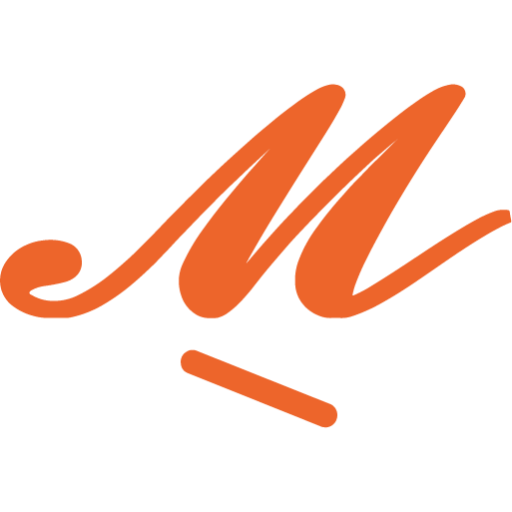
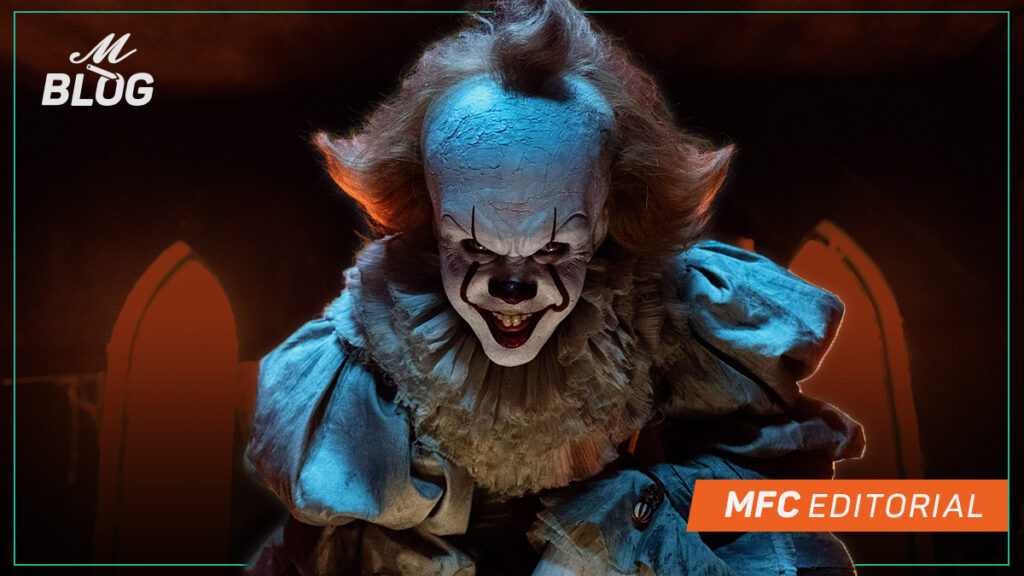
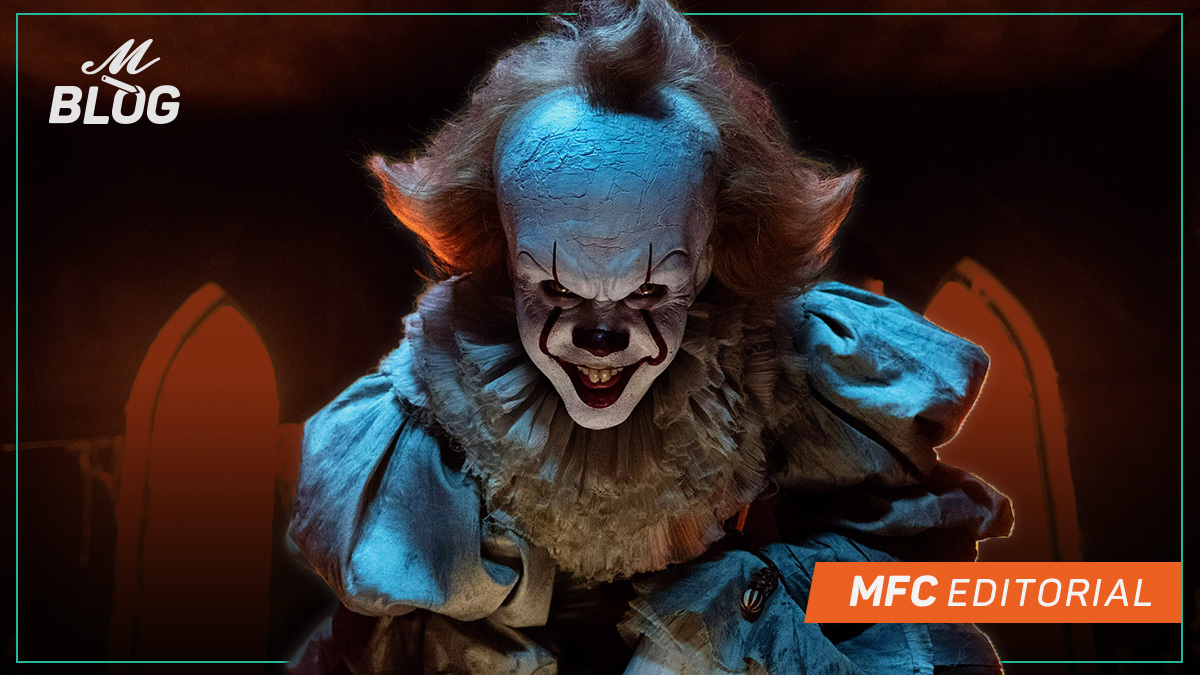



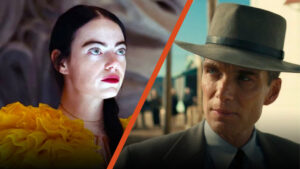
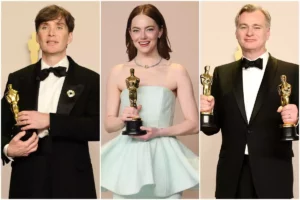
0 Comments